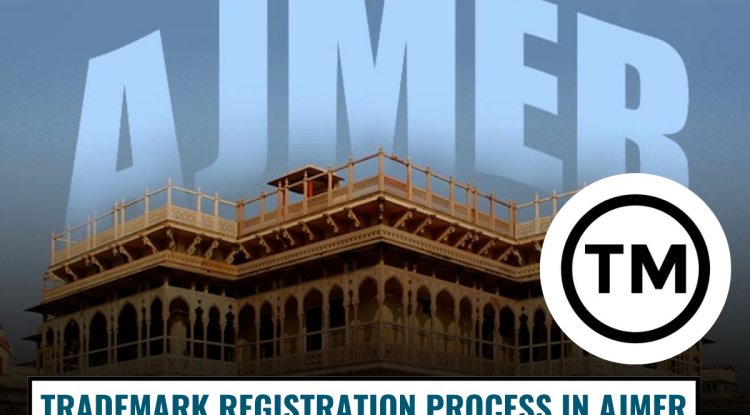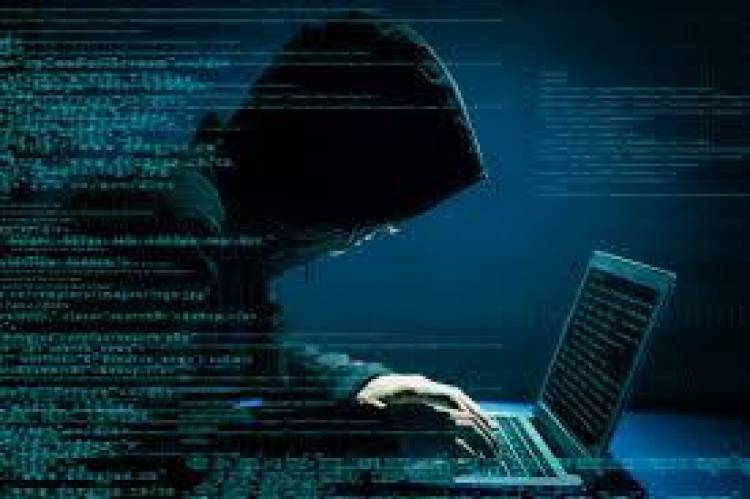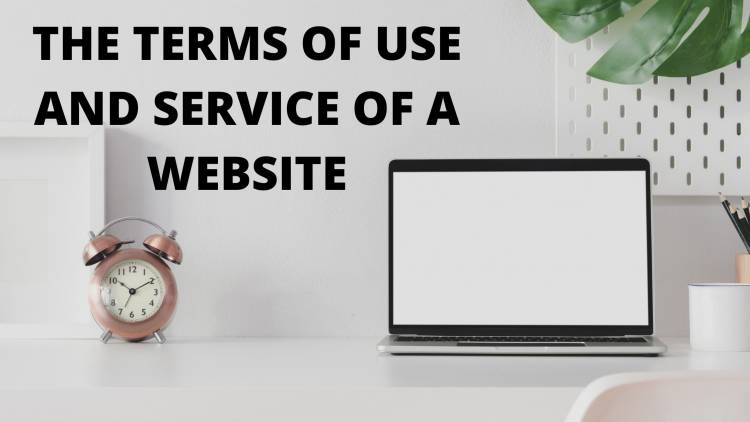The Intersection of Sports and Intellectual Property
Sports and intellectual property (IP) have a dynamic and ever-evolving relationship, with the latter playing a vital role in safeguarding the business and commercial aspects of sports. From the protection of logos and trademarks to broadcasting rights, patents for sports equipment, and the use of athletes' images, IP law intersects with various facets of the sports industry. This article explores how intellectual property influences sports, focusing on trademarks, copyrights, patents, and personality rights, along with relevant case law and future implications.

Introduction
Sports have transcended beyond merely being a physical contest; they have grown into a billion-dollar global industry. The commercialization of sports has driven the need for legal frameworks to protect the various intellectual assets that generate revenue for stakeholders, including teams, leagues, sponsors, and athletes themselves. Intellectual Property (IP) law is integral to this process, safeguarding brand names, logos, innovations in sports technology, broadcasting, and even athletes' images.
As sporting organizations expand their commercial footprints through media rights, merchandise, and endorsements, the role of IP becomes increasingly significant. This article provides an in-depth analysis of the intersection of sports and intellectual property, focusing on how IP rights govern trademarks, broadcasting rights, patents in sports innovation, and athlete endorsements.
Trademarks in Sports
Trademarks are one of the most visible forms of intellectual property in sports. A trademark is a recognizable sign, design, or expression that distinguishes products or services of a particular source. In sports, trademarks protect the logos, names, and slogans of teams, leagues, and events.
For instance, the National Basketball Association (NBA) has trademarked its logo, and various teams have done the same with their individual logos and names. These trademarks not only help identify the source of goods (such as merchandise) but also build brand recognition. Trademarks in sports extend to:
- Team Logos: Teams register their logos to prevent unauthorized reproduction on merchandise, which could otherwise dilute the brand's identity.
- Sports Apparel: Brands like Nike and Adidas rely on trademark protection to safeguard their logos on team uniforms and fan gear.
- Slogans and Phrases: Iconic phrases, such as “Just Do It” or “I’m Lovin’ It,” may be linked with sports sponsorships and are protected under trademark laws.
Trademark infringement can cause confusion among consumers and negatively affect the value of the brand. One notable case was Dallas Cowboys Cheerleaders, Inc. v. Pussycat Cinema, Ltd., where the Dallas Cowboys successfully sued a film company for using its cheerleader uniform in a manner that could mislead viewers into believing that the team was associated with the film.
Broadcasting Rights and Copyright
One of the largest revenue generators in sports is broadcasting rights, which involve the transmission of live sporting events to millions of fans worldwide. These rights are governed by copyright law, as the broadcast itself is considered a protected work. The owner of the copyright (typically the sporting organization or league) holds the exclusive right to authorize the broadcast or transmission of the event.
Broadcasting rights are usually sold to media companies for large sums of money. For example, the English Premier League makes billions from its broadcast agreements, with networks obtaining the rights to air matches exclusively in certain regions.
Copyright protection also extends to:
- Live Game Footage: The recording and transmission of a live game are protected under copyright law.
- Highlights: Sports organizations frequently limit the use of game highlights by third parties without proper licensing agreements.
An important case in this context is National Football League (NFL) v. TVS Cable Vision, where the NFL successfully argued that unauthorized cable broadcasts of their games violated their copyright. As sports grow in media engagement, protecting these rights remains crucial for sustaining the financial ecosystem of the industry.
Patents in Sports Technology
Patents play a key role in advancing sports technology and equipment. A patent provides exclusive rights to an inventor for a particular innovation, preventing others from making, using, or selling the invention without permission.
In the sports world, patents can cover:
- Sports Equipment: Innovations such as new designs for football helmets, tennis rackets, or advanced footwear can be patented. For instance, Nike holds numerous patents related to the design of its sports shoes, particularly those designed for enhanced athletic performance.
- Training Devices: Modern fitness technology, such as wearable tracking devices (Fitbit, for example), uses patented technology to monitor athletes' performance and health metrics.
- Broadcasting Technology: Patents are also vital for innovations in sports broadcasting, such as the instant replay or the technologies behind virtual reality (VR) sports experiences.
One well-known patent case in sports was Nike, Inc. v. Adidas America, Inc., where Nike sued Adidas for patent infringement over its Flyknit shoe technology. Patent protection in such cases ensures that companies that invest in research and development can maintain their competitive edge in the market.
Athlete Image and Personality Rights
Athletes are not only valued for their skills on the field but also for their marketability. The commercial use of an athlete’s name, image, and likeness (NIL) falls under personality rights, also known as the right of publicity. These rights protect the athlete’s ability to control the commercial use of their identity and prevent unauthorized exploitation.
Personality rights are critical in endorsement deals, where athletes sign agreements allowing companies to use their images in advertisements or on products. Unauthorized use of an athlete’s image without consent can lead to legal challenges, as was the case in Ali v. Playgirl, Inc., where boxing legend Muhammad Ali sued a magazine for using his likeness without permission.
In recent years, the issue of athlete image rights has become more significant with the emergence of social media. Athletes now have large personal platforms and generate substantial revenue through brand endorsements online. The debate around Name, Image, and Likeness (NIL) rights has been especially prominent in U.S. college sports, where athletes historically have been prohibited from profiting off their own image until the recent NCAA rule change in 2021.
Licensing and Merchandising in Sports
Licensing in sports is another critical intersection of IP and commerce. Sports teams and organizations often license their trademarks to third parties who produce and sell merchandise. This includes team jerseys, apparel, and other fan gear. The licensing agreement allows the licensee to use the team’s IP in exchange for royalties.
For example, FIFA, the global governing body of football, licenses the use of its logo and branding to various manufacturers, who produce official merchandise for the FIFA World Cup. These agreements help generate additional revenue streams while maintaining control over the quality of products associated with the brand.
IP and Sports Sponsorships
Sponsorship deals between companies and athletes or sports teams are also closely tied to intellectual property rights. Sponsors rely on the goodwill and reputation of a sports team or athlete to promote their products or services. These agreements often include terms related to IP rights, especially regarding how a brand can use a team’s or athlete’s image, logo, or likeness.
Sponsorship deals can extend to the naming rights of stadiums, events, and sports venues. For instance, the Mercedes-Benz Superdome and the Allianz Arena are named after the companies that purchased the naming rights, which gives them exclusive branding opportunities.
Challenges and the Way Forward
The intersection of sports and intellectual property is becoming increasingly complex, especially with the rise of digital platforms, social media, and technological advancements. As the industry grows, protecting IP rights will require adaptation to new challenges, including:
- Piracy: Unauthorized streaming of live sports events remains a significant issue for broadcasters and sports organizations. Enforcing copyright laws in this area is crucial for protecting revenues.
- Athlete NIL Rights: As athletes gain more control over their personal brands, legal frameworks must evolve to balance the commercial interests of athletes, teams, and sponsors.
- Technological Innovations: The growing use of AI, VR, and data analytics in sports will likely lead to new IP-related challenges, particularly regarding patent protection for software and hardware used in sports.
Conclusion
The relationship between sports and intellectual property is multi-faceted and crucial for the business of sports. From trademarks protecting team logos to patents covering innovative sports technology, IP law ensures that the commercial aspects of sports are legally safeguarded. With the continuous evolution of the sports industry, protecting intellectual property remains central to maintaining the integrity, commercial value, and global appeal of sports. The future of sports will undoubtedly present new challenges in the IP domain, making it essential for stakeholders to stay vigilant and adaptable in protecting their rights.












